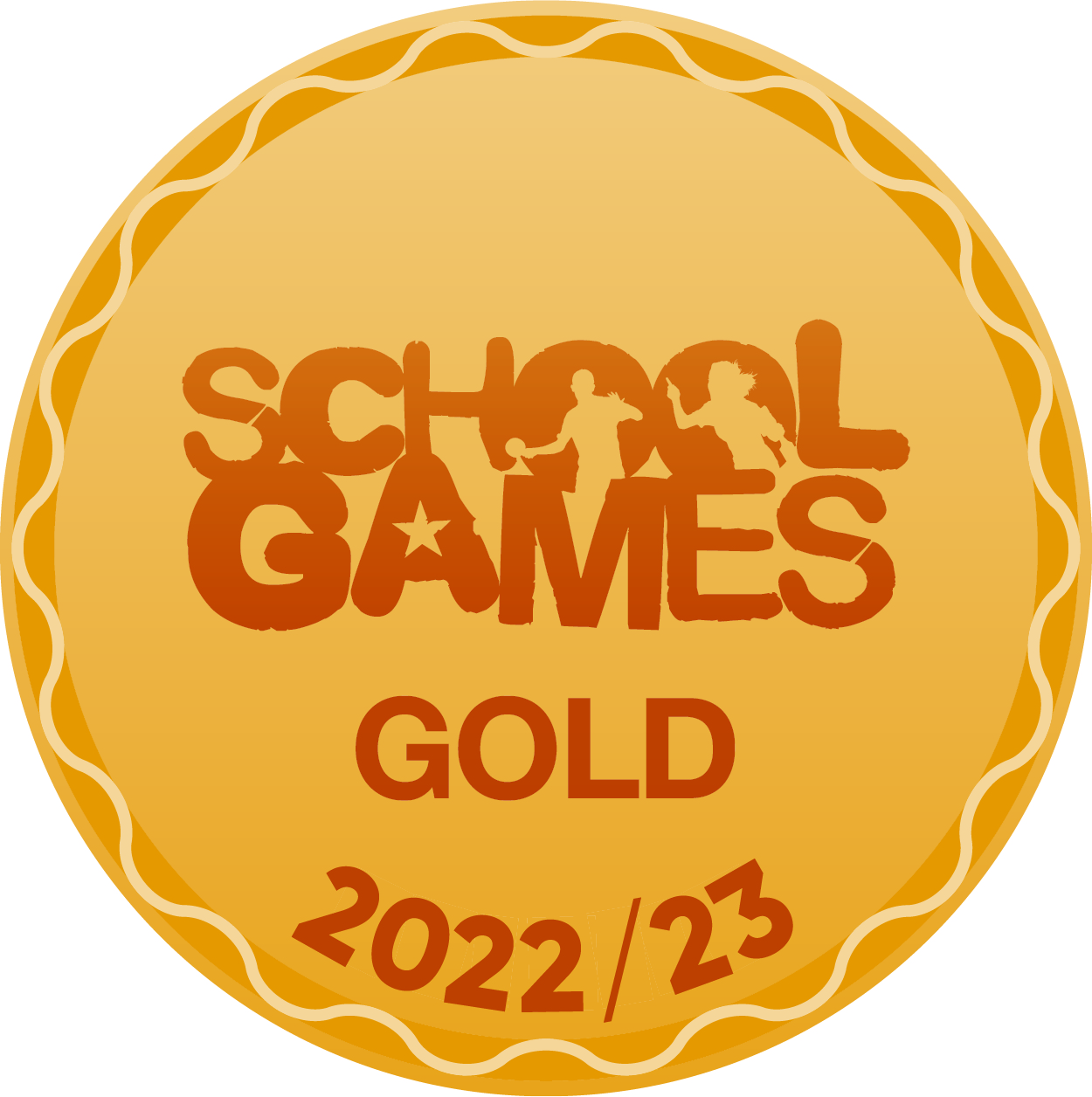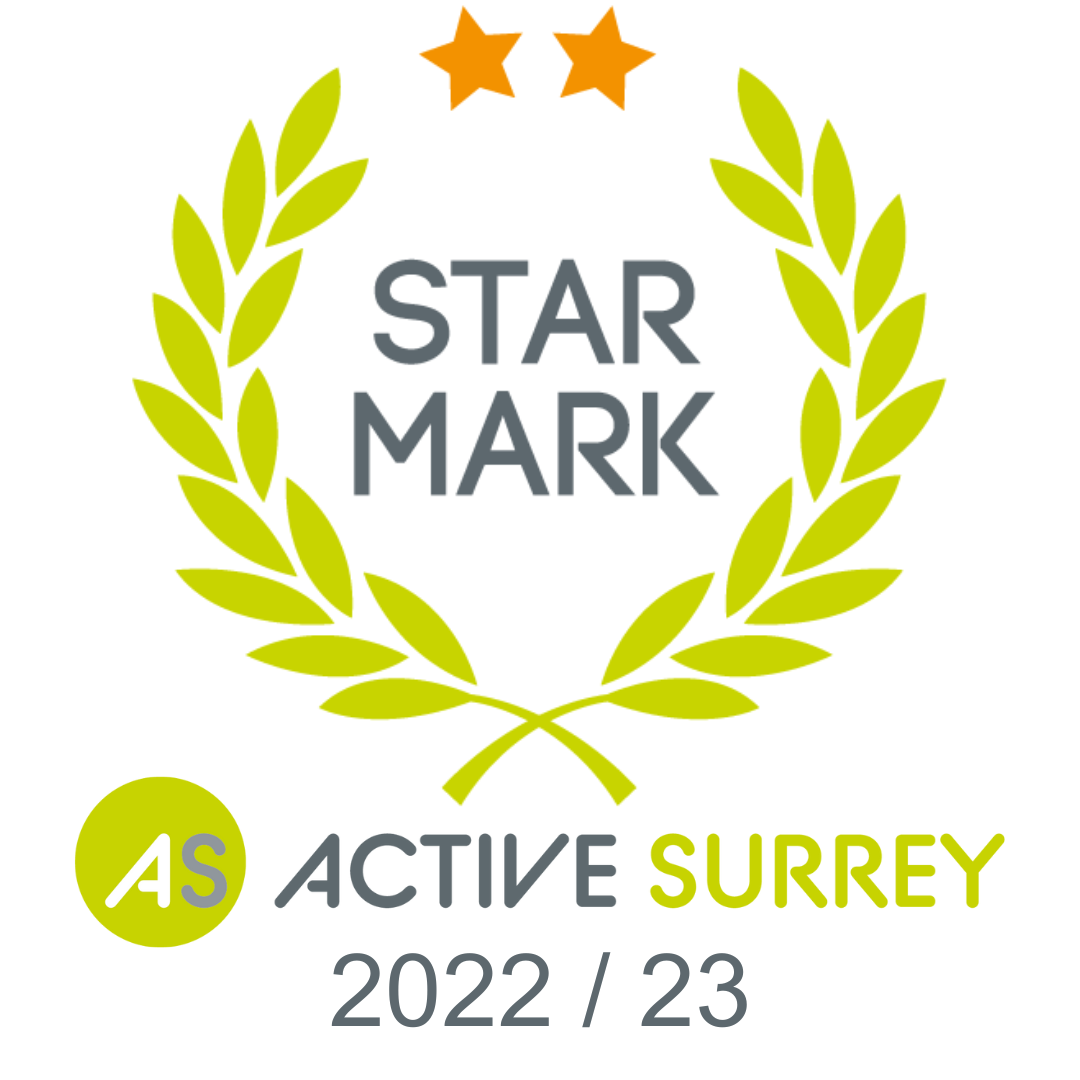Design & Technology
Intent
At William Cobbett Primary School our vision for Design & Technology (D&T) is that all children have the opportunity, through ‘hands on experience’ to be creative and design in a varied way, with meaning. Through D&T, we encourage children to become independent, creative problem solvers and thinkers both as individuals and as part of a team. Our immersive curriculum provides opportunities for children to design, create and reflect on their D&T work. We celebrate children’s successes and encourage them to evaluate their designs, material choices and final product and also identify possible development points. Design Technology is a way for children to use their imagination and creativity, testing their own ideas to gain self-confidence.
The National Curriculum for D&T aims to ensure that all pupils:
- develop the creative, technical and practical expertise needed to perform everyday tasks confidently and to participate successfully in an increasingly technological world
- build and apply a repertoire of knowledge, understanding and skills in order to design and make high-quality prototypes and products for a wide range of users
- critique, evaluate and test their ideas and products and the work of others
- understand and apply the principles of nutrition and learn how to cook
Implementation
EYFS
D&T is taught through our Cornerstones Curriculum Maestro project-based approach and explored under the umbrella of ‘Expressive Art and Design,’ ‘Understanding the world’ and ‘Technology’. Children are encouraged to think creatively and use resources available in original ways, learning both indoors and outdoors. We encourage the children in Early Years to work within different contexts when designing their projects, for example we base it around a book or a project. Once we have a base of designing, the children start to think about the making of their project. Staff support the children by using questions (‘What do you think you will add next?’), encouraging the children to think about their next steps. We also use our golden questions to ask the children to evaluate what they have done (for example ‘What part of your ‘tower’ do you really like?’ or ‘What could you have done to make your project stronger/faster/bigger?’). Teachers and teaching assistants support the children with questioning, recall and key vocabulary in their D&T.
Key Stage 1 & 2
The Cornerstones Curriculum lays the foundations for our D&T curriculum, which ensures progression of D&T knowledge and skills throughout the year groups and provides interesting, practical and high-quality D&T lessons. Teachers develop planning to ensure that the 6 principles of D&T are explicitly taught. D&T is taught half termly. Lessons are made up of investigative and evaluative activities; focused tasks and a design and a make and evaluate assignment in each project. Each project addresses the six design and technology principles – user, purpose, functionality, design decisions, innovation and authenticity.
User – children should have a clear idea of who they are designing and making products for, considering their needs, wants, interests or preferences. The user could be themselves, an imaginary character, another person, client, consumer or a specific target audience.
Purpose – children should know what the products they design and make are for. Each product should perform a clearly defined task that can be evaluated in use.
Functionality – children should design and make products that function in some way to be successful. Products often combine aesthetic qualities with functional characteristics. In D&T, it is insufficient for children to design and make products which are purely aesthetic.
Design Decisions – when designing and making, children need opportunities to make informed decisions such as selecting materials, components and techniques and deciding what form the products will take, how they will work, what task they will perform and who they are for.
Innovation – when designing and making, children need some scope to be original with their thinking. Projects that encourage innovation lead to a range of design ideas and products being developed, characterised by engaging, open-ended starting points for children's learning.
Authenticity – children should design and make products that are believable, real and meaningful to themselves i.e. not replicas or reproductions or models which do not provide opportunities for children to make design decisions with clear users and purposes in mind.
Impact
We want children to see themselves as future designers, builders, engineers and problem solvers and recognise the important role design plays in our lives. Through our DT teaching and learning, pupils should be able to recall knowledge, use technical vocabulary and develop design specific skills. Through Food Technology, pupils should be able to recall knowledge, use technical vocabulary and develop cooking skills, as well as making sustainable choices. We want to hear that our children are inspired by our D&T curriculum, designing, building and cooking beyond the school day.
Design and Technology is assessed at the end of each academic year in each year group. This is done through teacher judgment using the assessment laid out in the D&T progression of knowledge and skills document. Teachers record children’s progress from Reception through to Key Stage 2 in D&T. Teachers will need to judge if a child is developing, secure or greater depth at the end of each year group and this is communicated to parents through children’s annual reports. D&T is monitored by the subject leader and senior leadership team through book looks, learning walks and pupil and teacher surveys. Monitoring observations are communicated to staff and support and training are put in place where a need has been identified.
Pupil Voice
‘I learnt how to cut food with a knife. It was tricky but I enjoyed it.’
‘We designed and made food packaging to help keep food fresh. When we make a product we design it first and then make it.’
‘We made a product to solve a problem as part of the Roar challenge. We had to work out what problem we wanted to solve and then we designed and made the product. I enjoyed being creative.’
Useful websites
Food A Fact Of LifeHowstuffworks.com
The Institute of Engineering and Technology - Primary STEM resources
STEM Learning primary resources





